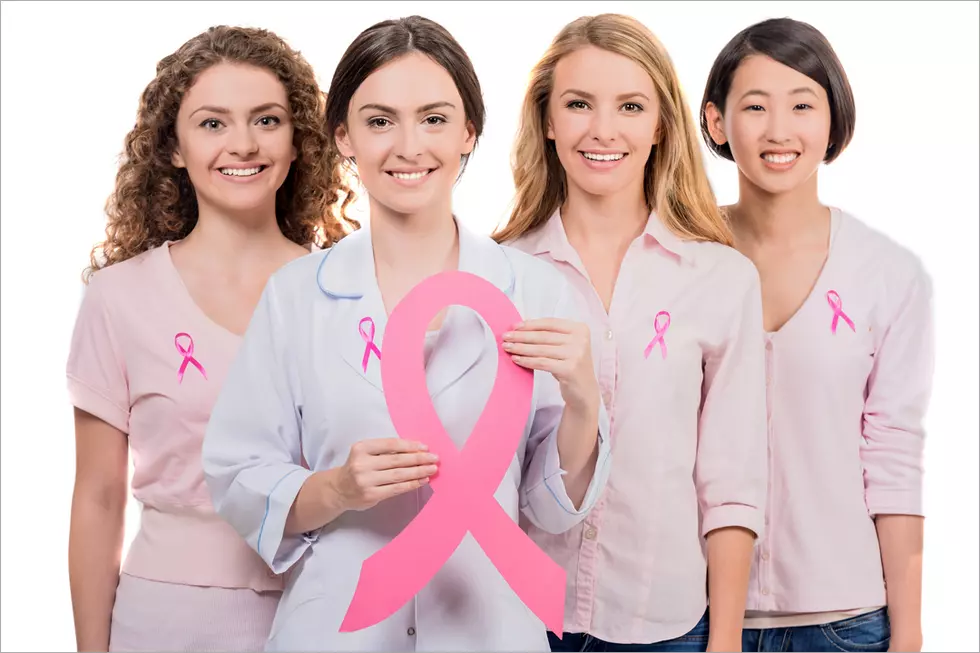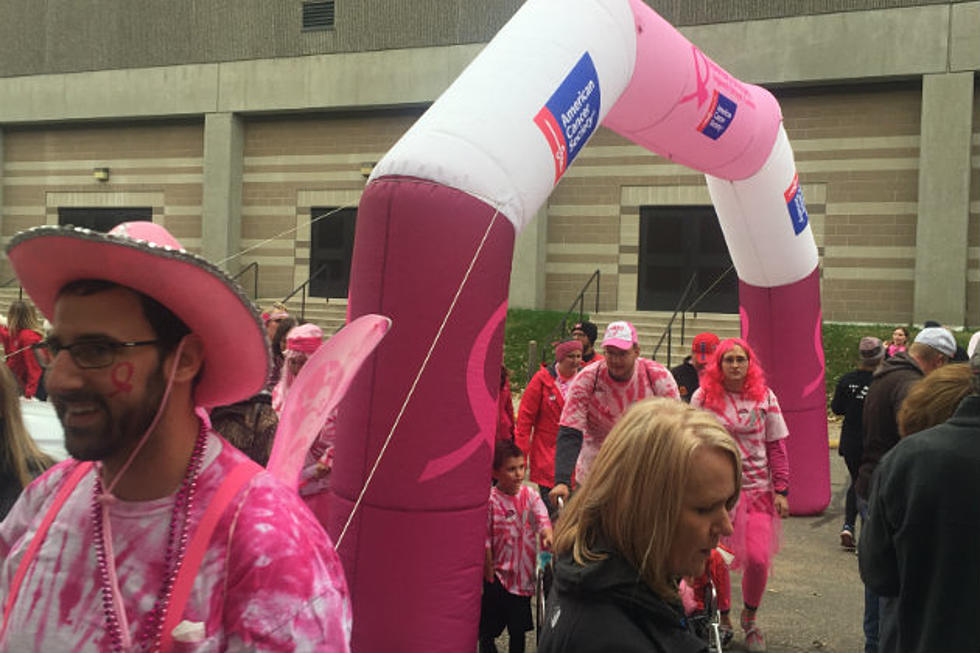
Breast Cancer Awareness Month: Nurse Says Survival Rates Are Soaring
ST. CLOUD -- October is Breast Cancer Awareness Month, and modern medicine has come a long way in the last few decades in detecting, treating and curing the disease.
Breast cancer remains one of the most common cancers affecting women in the United States. The American Cancer Society says, on average, one in eight women will develop breast cancer at some point during their life.
“Here in St. Cloud, we average around 300 new referrals each year,” said Tara Hinnenkamp, a nurse with CentraCare’s Coborn Cancer Center, located in St. Cloud. “Most breast cancer we find is in women 55 and older,” she explained. “It often affects women with denser breast tissue. But ultimately, those with a genetic predisposition are a pretty small percentage – less than 20-percent.”
Hinnenkamp says one of the most common breast cancer warning signs is a lump in or near the breast area.
“That lump may be painful or painless,” she said. “Another thing to watch for is a lump in your underarm area. Other things we might see are skin dimpling, which looks like an orange peel on the breast, nipple retraction – where the nipple might turn inward, or discharge that isn’t related to breast-feeding.”
When it comes catching breast cancer early, Hinnenkamp says CentraCare recommends a “three-part approach.” The first is a routine clinical physical exam with a primary care doctor.
“That exam is usually yearly,” she said. “We would also encourage any woman over the age of 18 to complete a monthly self breast exam. And, then we recommend a regular mammogram after the age of 40.”
Hinnenkamp says some of these preventative recommendations can change depending on a person’s family or personal medical history.
“It’s a good idea to work with your primary care doctor to come up with a plan that’s best for you,” she said.
The treatment of breast cancer is described by Hinnenkamp as “multi-factoral,” with care provided by a multi-person team. Care usually includes surgery, but might also require chemotherapy, radiation therapy and endocrine therapy.
“What a person goes through is very dependent on the cancer itself, some of the features and how it behaves,” Hinnenkamp said. “So we always take a close look at it and try to make an individualized treatment recommendation for that patient to really give them the best outcomes.”
While cancer often affects people without rhyme or reason, Hinnenkamp says there are things individuals can do to help reduce their risk.
“Things you can do are limit your alcohol intake, exercise regularly, maintain a healthy body weight, and avoid any tobacco use,” she said. “You’re also recommended to breast feed your babies if possible. Some studies have also shown that prolonged use of hormone replacement therapy can also lead to a slightly increased risk of breast cancer, so if you’re using that therapy, you should have that conversation with your doctor.”
There’s no good time to face a breast cancer diagnosis, but recent advances in medical technology have dramatically improved outcomes for many patients. The American Cancer Society places the five-year relative survival rate for new breast cancer diagnoses today around 90-percent.
“It’s gone up pretty drastically over the last 30 to 50 years, so that’s very exciting, thinking about how far we’ve come” Hinnenkamp said. “The risk of dying from breast cancer dropped nearly 40-percent from 1989 to 2016. I think that’s pretty awesome. This may be due to in part to earlier detection or improved screenings, or the increase in awareness.”
Visit the American Cancer Society’s website for more information and resources.
Christmas Decorations Have Been Put Up at Munsinger Gardens
More From AM 1240 WJON


![Skates, Bumps and Bruises To Help Beat Breast Cancer [VIDEO]](http://townsquare.media/site/67/files/2017/11/SCAR-Dolls.jpg?w=980&q=75)

![Staying Informed During Breast Cancer Awareness Month [VIDEO]](http://townsquare.media/site/67/files/2014/10/Breast-Cancer-Awareness-Month.png?w=980&q=75)
![Dr. Spoden Talks About the Importance of Mammograms [AUDIO]](http://townsquare.media/site/67/files/2014/10/108309533.jpg?w=980&q=75)
![Fraternity Members to Shave Their Heads to Support Breast Cancer Research [AUDIO]](http://townsquare.media/site/67/files/2013/10/Shave-for-the-Cure.png?w=980&q=75)
![SCSU Hosts Making Strides Against Breast Cancer Walk [VIDEO]](http://townsquare.media/site/67/files/2013/10/SCSU-Breast-Cancer-Walk.jpg?w=980&q=75)
![Minnesota National Guard Launches Pink Tank Project [AUDIO]](http://townsquare.media/site/67/files/2013/09/Pink-tank.png?w=980&q=75)
